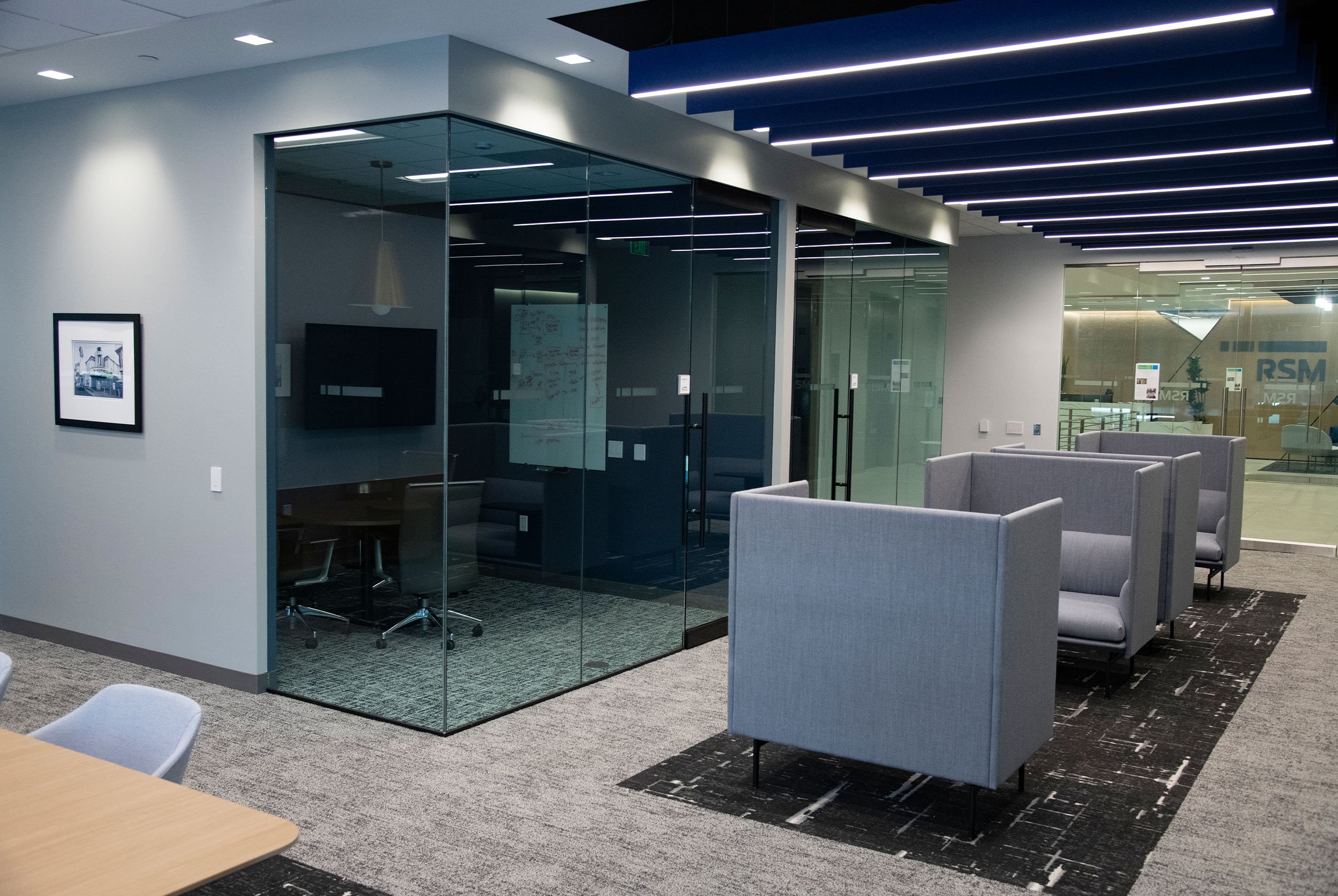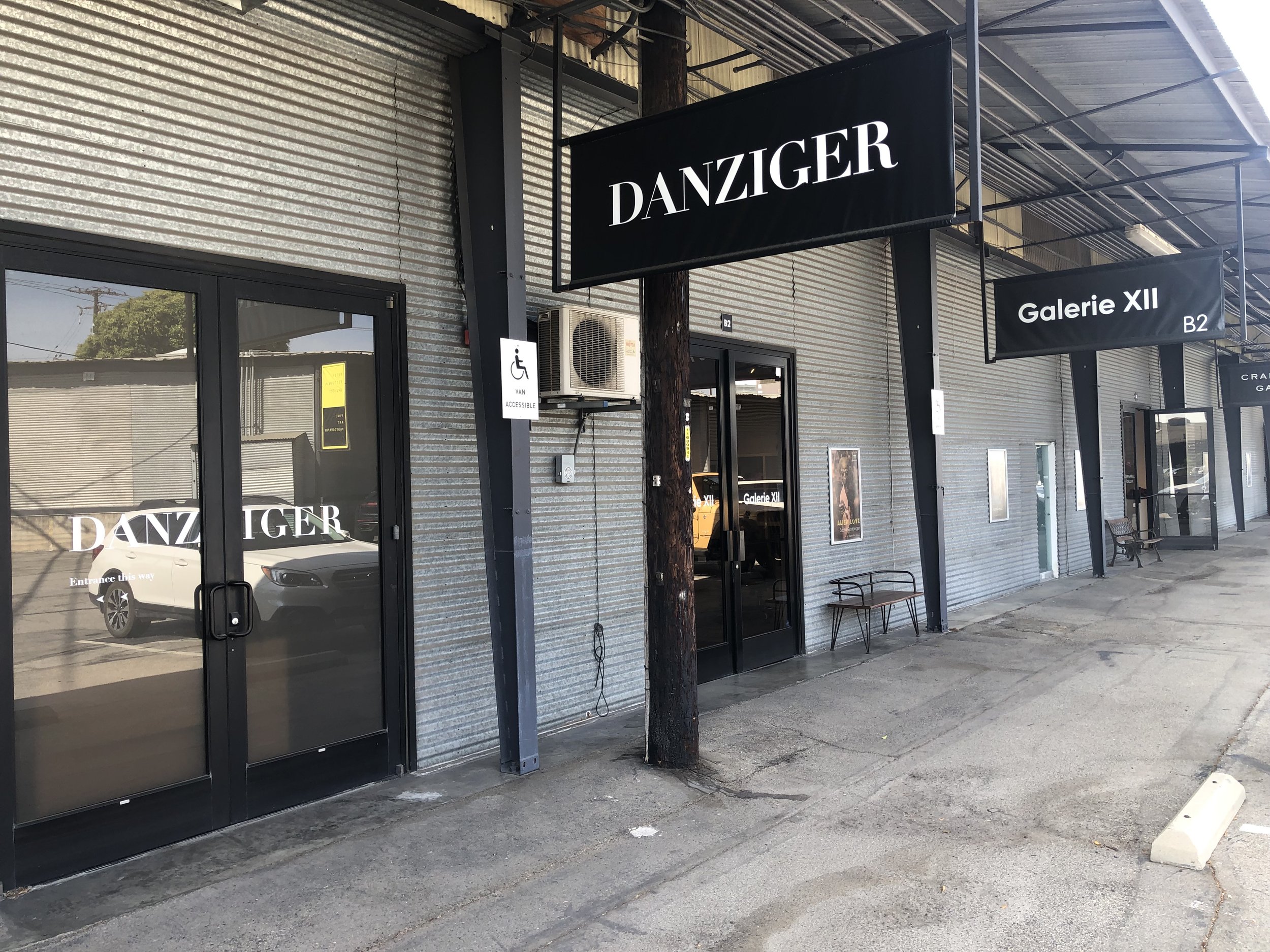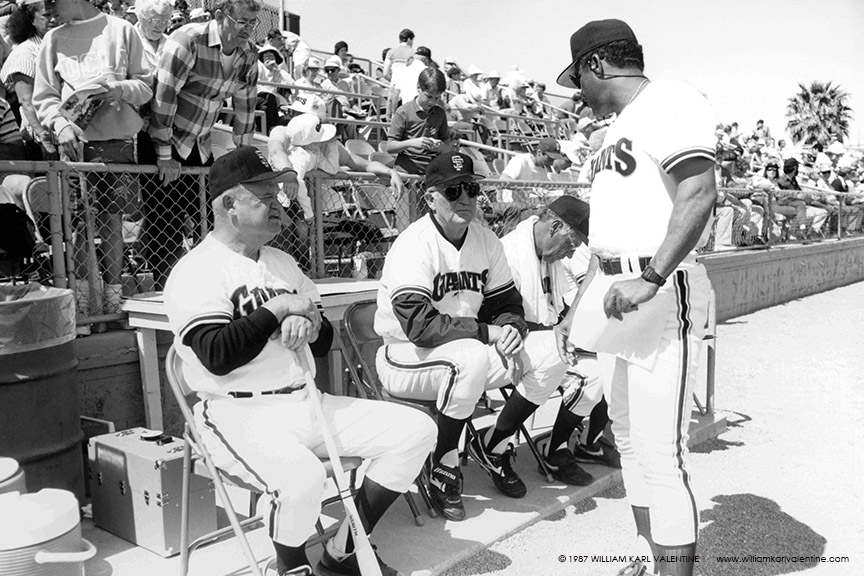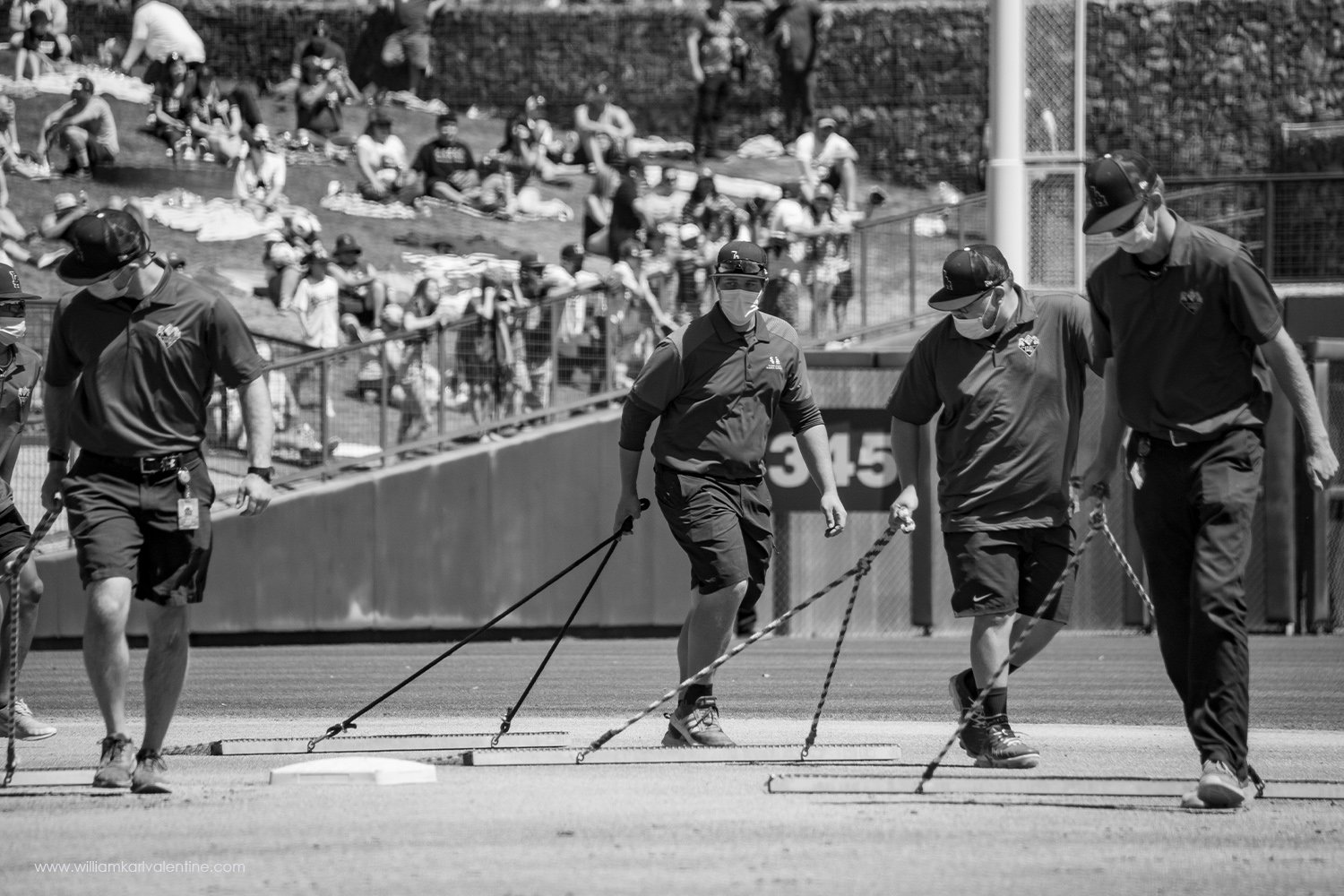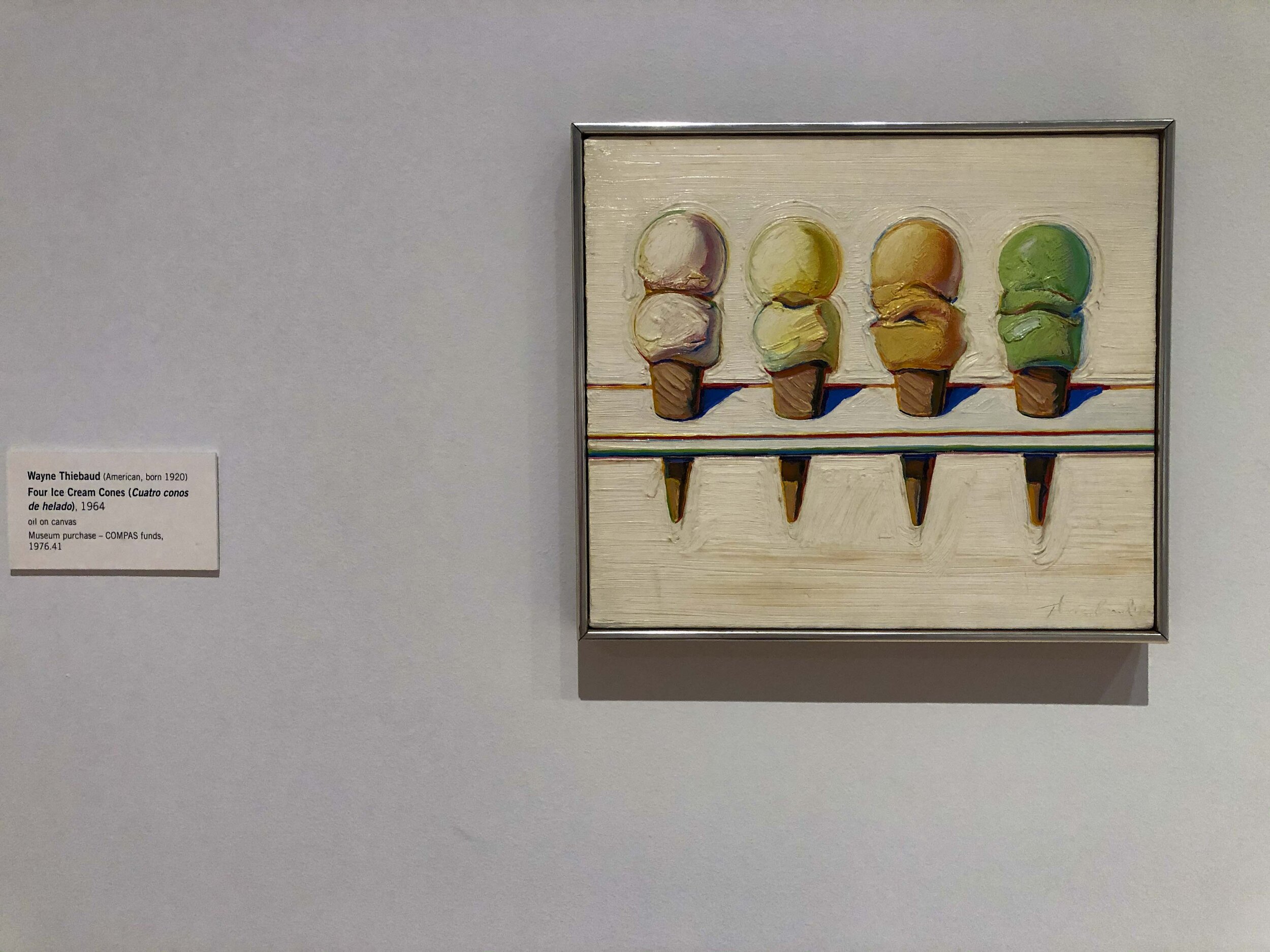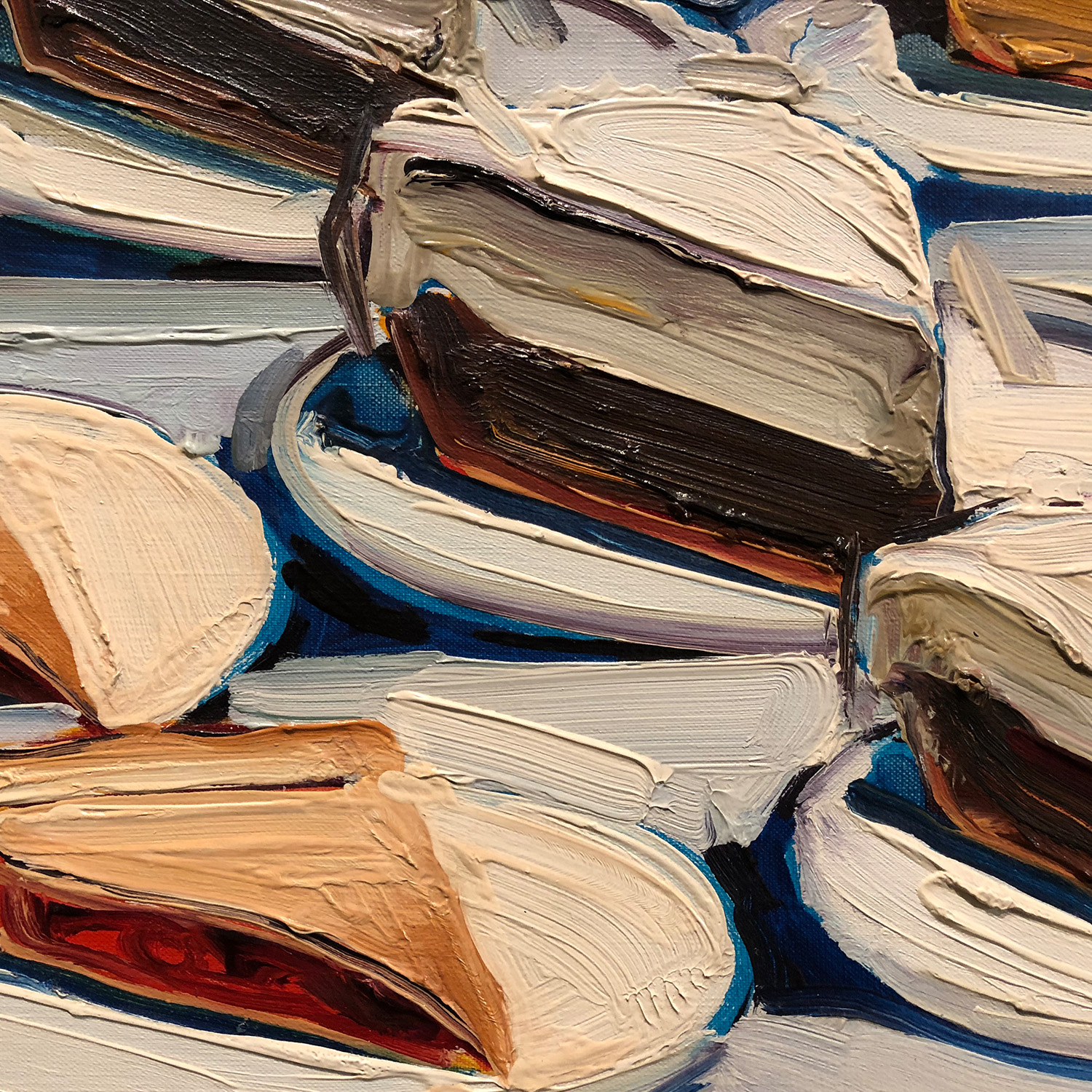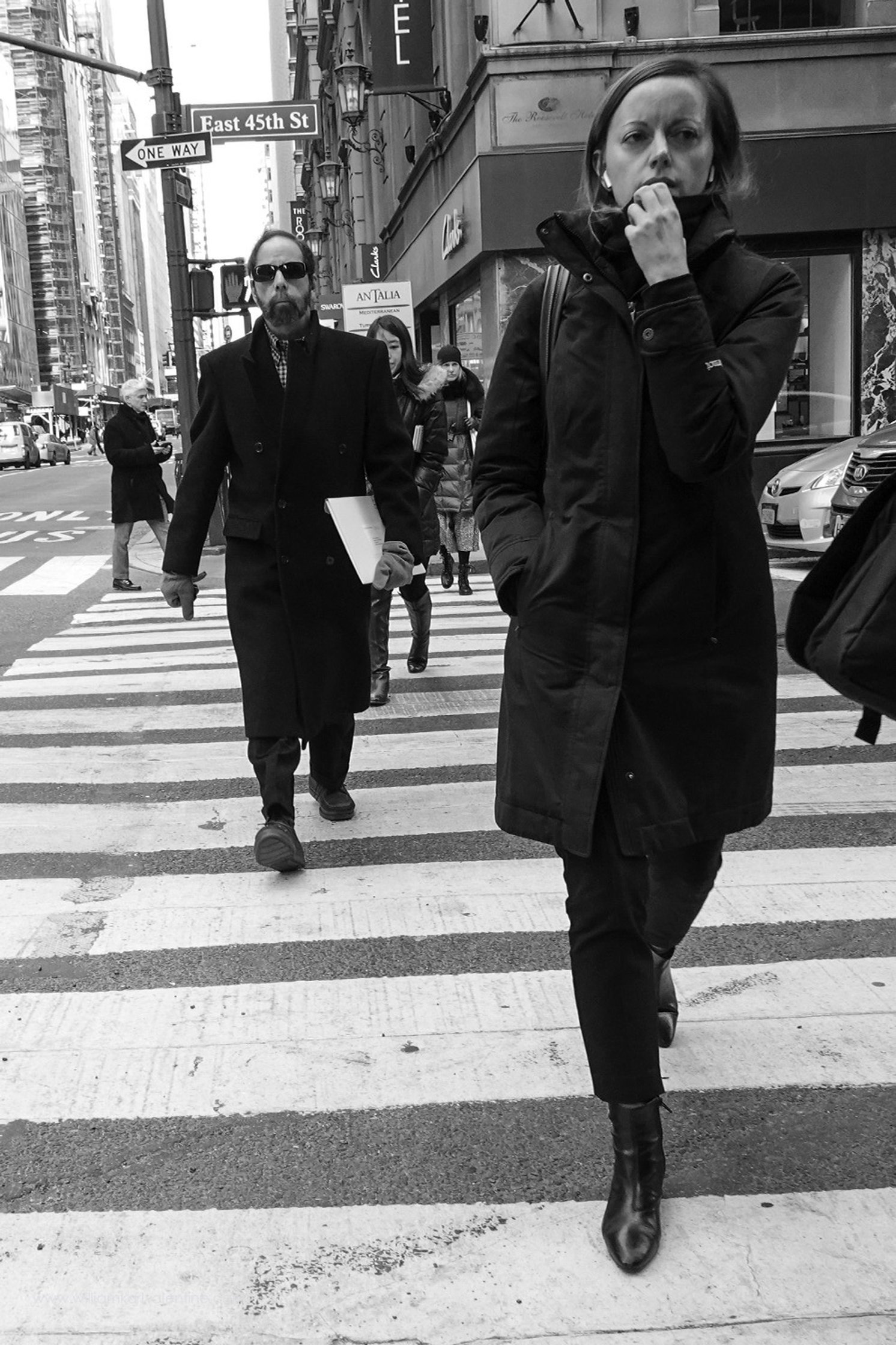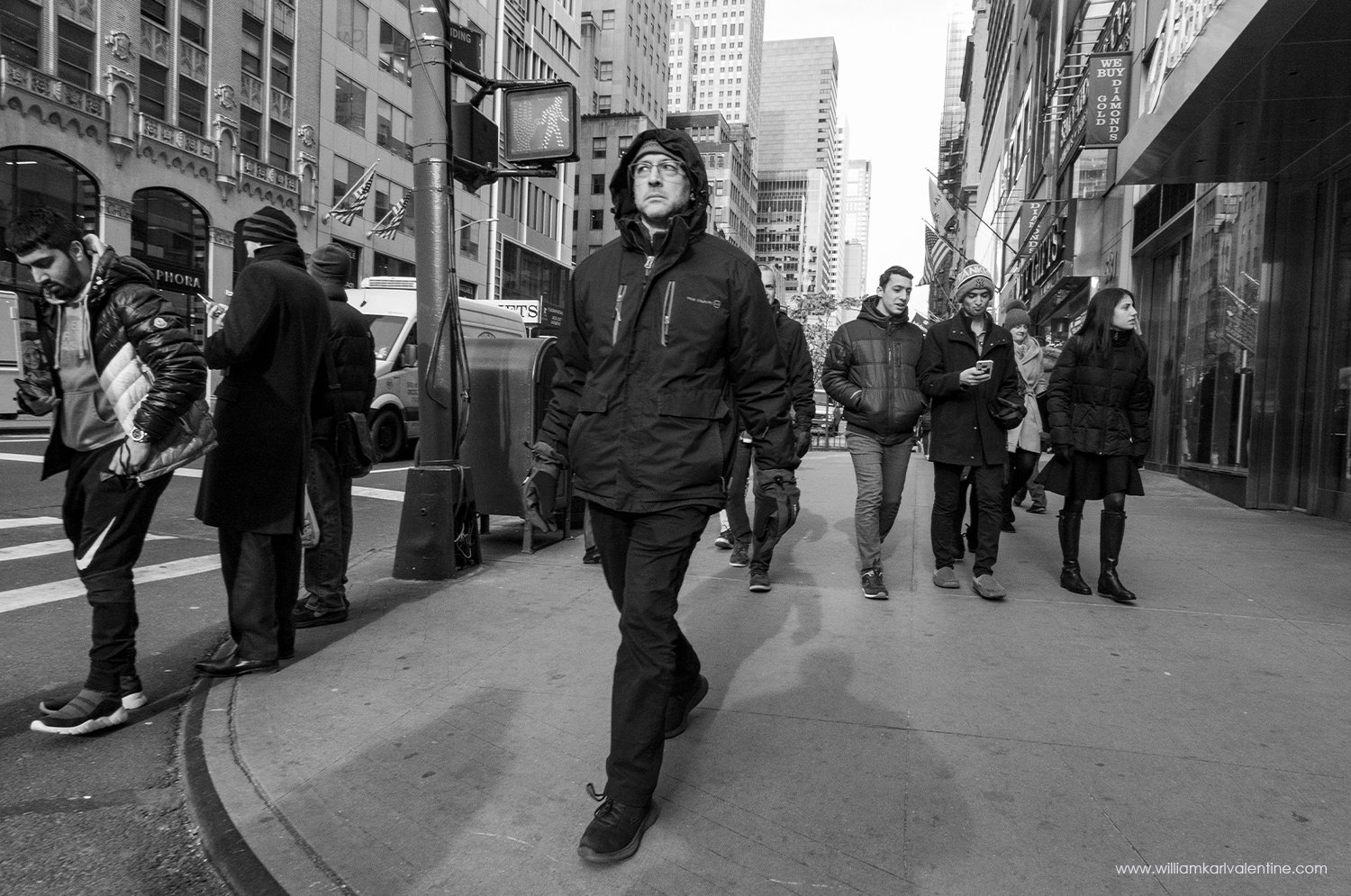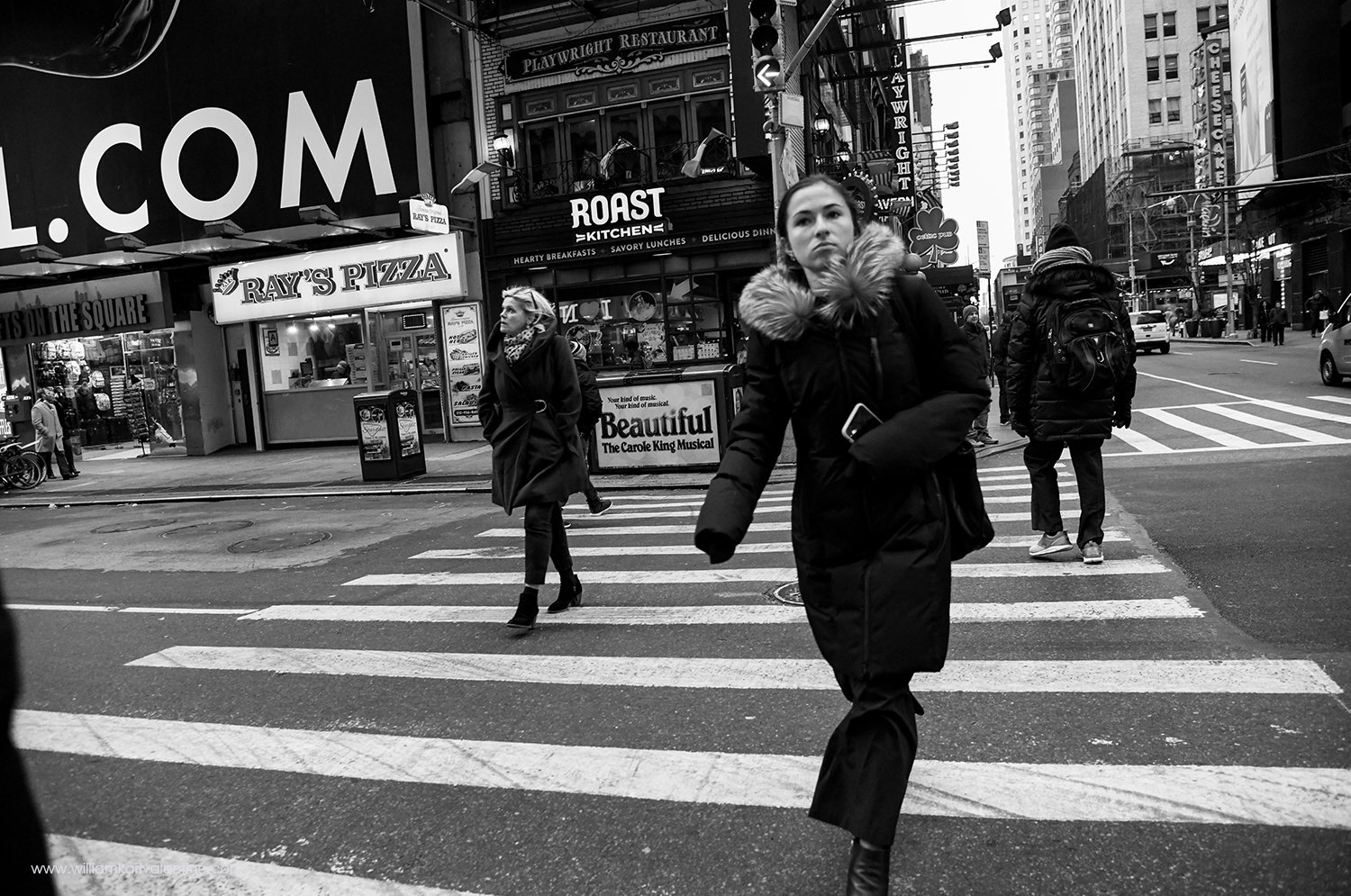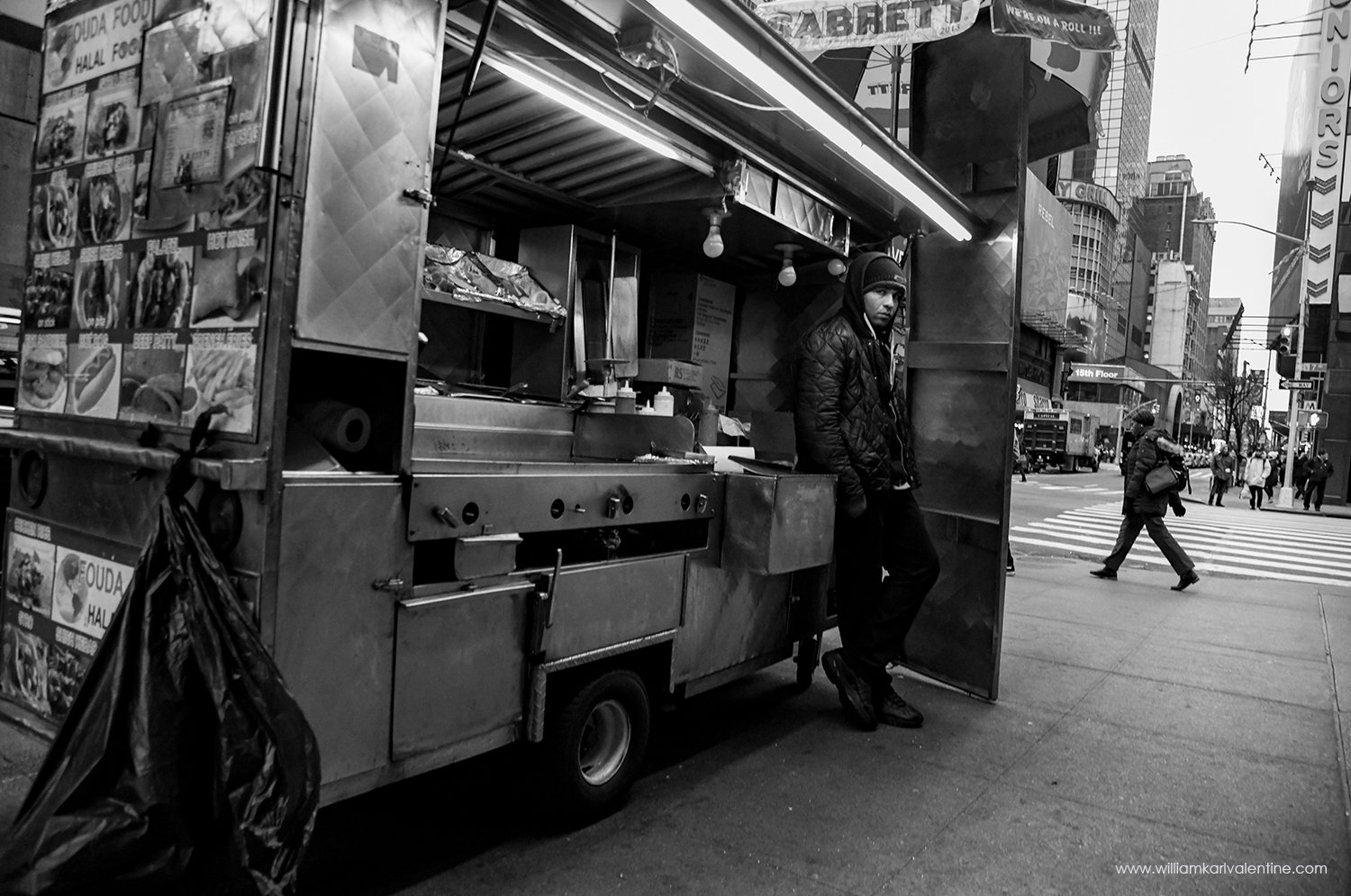As a documentary photographer, the fact that I was unable to photograph some of the most surreal things I ever witnessed will always bother me.
I was a Police Officer for the City of Chino in 1992 and at work when the LA Riots erupted. Chino is forty miles East of downtown Los Angeles, just outside of Los Angeles County in San Bernardino County. I remember watching Reginald Denny getting dragged from his truck and beaten on the TV in the watch commander’s office as our dispatchers took 911 calls from our citizens pleading for our officers to nbe sent to help stop the things they were witnessing on. I was expecting that there would soon be a mutual aid request soon from LAPD and I started lobbying to go when that call came. I knew Los Angeles better than most my peers and I wanted to get into this fray. The rioting grew that night, but the mutual aid request never came.
I lived in Pasadena then and when I got home, I could smell the smoke from the fires in Los Angeles. One buddy I grew up with was a Pasadena cop and he let me know Northwest Pasadena was rioting too and their department was on tactical alert. It immediately reminded me of my father’s stories from the Pasadena Gambling House riot which occurred during the Watt’s Riots in 1965, just after he had joined Pasadena PD.
I watched a lot of news before my next shift as rioting spread on April 30th. I knew I wanted to get to Los Angeles but was torn because part of me wanted to go photograph it and the other part wanted to go as a police officer to deal with the looting and rioting. I knew to go photograph on my own would be dangerous and logistically nearly impossible.
Finally on May 1st Los Angeles sent out a mutual aid request to San Bernardino and Riverside Counties. I was one of nine officers sent from Chino PD, we took three older police cars. We were to the Los Alamitos National Guard base where we staged and waited for our assignment. I remember we left in the afternoon and traffic on the 57 freeway was so heavy we had to drive down the center shoulder to get there. Looking at the people we were passing most of them looked serious or nervous. I remember people were worried the rioting would spread throughout Southern California. I was focused on what awaited us in Los Angeles, we were not saying much, mostly listening to the Am news radio. I was expecting to get into a lot of conflict, so I had the pregame type of focus. I was thinking of what I had seen on the news, and I was trying to run as many of those scenarios through my mind as possible to prepare.
We sat at Los Alamitos for over an hour then they told us they were cooking steak dinners for us before we went it. The last thing I wanted was a military grade steak dinner, I just wanted to get to Los Angeles while things were still going on. After dinner we were sent to the City of Inglewood in a task force of mostly officers and deputies from San Bernardino County agencies. The only agency from our county that didn’t go with us was Ontario PD because they had been assigned to escort a shipment of ammunition to Compton PD shortly after they arrived at Los Alamitos.
It was evening when we finally started our drive up the 405 Freeway. Our convoy of over 30 police cars, every unit with 3 to 4 cops wearing helmets, and support vehicles was pretty impressive looking, a strong show of force. The San Bernadino Sheriff even sent his mobile communications center semi truck so our radios would still work outside of our normal range. As we got near the 110 Freeway, I could see plumes of smoke all around South-Central Los Angeles. The columns had orange tints from the late afternoon sun, and the scene was almost apocalyptic. I knew a full curfew was set to go into effect at sunset, or 8pm, and I was hoping to get deployed before that. We got to Inglewood and staged in the parking lot of an eight-story hotel on Century Boulevard just off the freeway, today it is a Motel 6. Once again, we all stood around and waited, now as the sun was setting and the curfew was going in to affect. The Inglewood officials didn’t seem to know what to do with us. By that point rioting in their city had calmed down. Los Angeles and Compton were still rioting but Inglewood officials didn’t want to send us over to those areas in case Inglewood had more problems. I also think a lot of people saw us come into the city and officials just liked our presence as a deterrent.
We were eventually sent to guard a gas station on the north side of Inglewood, I think it was on La Brea near Centinela. The small mini mart portion of the Chevron had already been partially looted but I was able to find a map inside so we could figure out where we were (pre-cellphone era when gas stations sold maps). With the curfew in place we hardly saw anyone out and about. I could still hear gunshots occasionally, but everything sounded a couple blocks away, and no one was shooting at us. A couple of us eventually talked our Sergeant into letting us scout the surrounding area. Inglewood residents still had electricity so except for the looted businesses it looked normal. But once we went a few blocks East into Los Angeles where there was no power, so everything was pitch black. In Los Angeles we came across a market that was still burning, LA City Fire engines were on scene working it with CHP officers providing them security. On one block we found a corner market that had burned to the ground, a pilot light for some appliance was still burning and that little two-inch flame was the only light we could see on the entire block. We saw a few people moving around in the darkness but for the most part the streets were deserted in that area.
It was well after midnight when we returned to the hotel at the end of our shift. Things were still disorganized. The San Bernadino County Sheriff’s Department had allocated all the rooms at the hotel for their people, and no one had any idea where to put us. We waited for a long while and I finally got fed up. I told my sergeant if he’d let me drive to a pay phone I would find us a hotel. He asked how and I said I would just come up with something, he agreed since there wasn’t another option. The first hotel I could think of was the Bonaventure Hotel in downtown Los Angeles. I knew they would be empty and assumed they would be happy to have Officers on site given everything that was happening. I made the call, spoke with the manager, and he invited us come on over. They comped us on everything and their only request was that we park our units up front so anyone coming to cause problems would see them.
We decided to drive across Manchester Boulevard to the hotel in downtown LA. I knew Manchester very well, having driven it hundreds of times going to Kings games at the Forum. It was so surreal to see the area pitch black with so much damage and seemingly being the only ones out and about. So many businesses were gone, and it seemed there was a burned-out car in the road every couple blocks. We passed a couple armored vehicles parked on side streets then soon saw a pair of heads approaching from behind us. We couldn’t tell who it was, so we moved to the right lane and were starting to prepare for trouble when we saw it was a convoy of 30 Los Angeles County Sheriff’s units with four deputies in each car. Only the lead unit had headlights on every other unit behind was blacked out, we assumed they might have been out hunting for problems trying to appear as if there was just a solo vehicle. The sight of that LASD convoy passing us was so incredible, put the gravity of the situation in to perspective.




